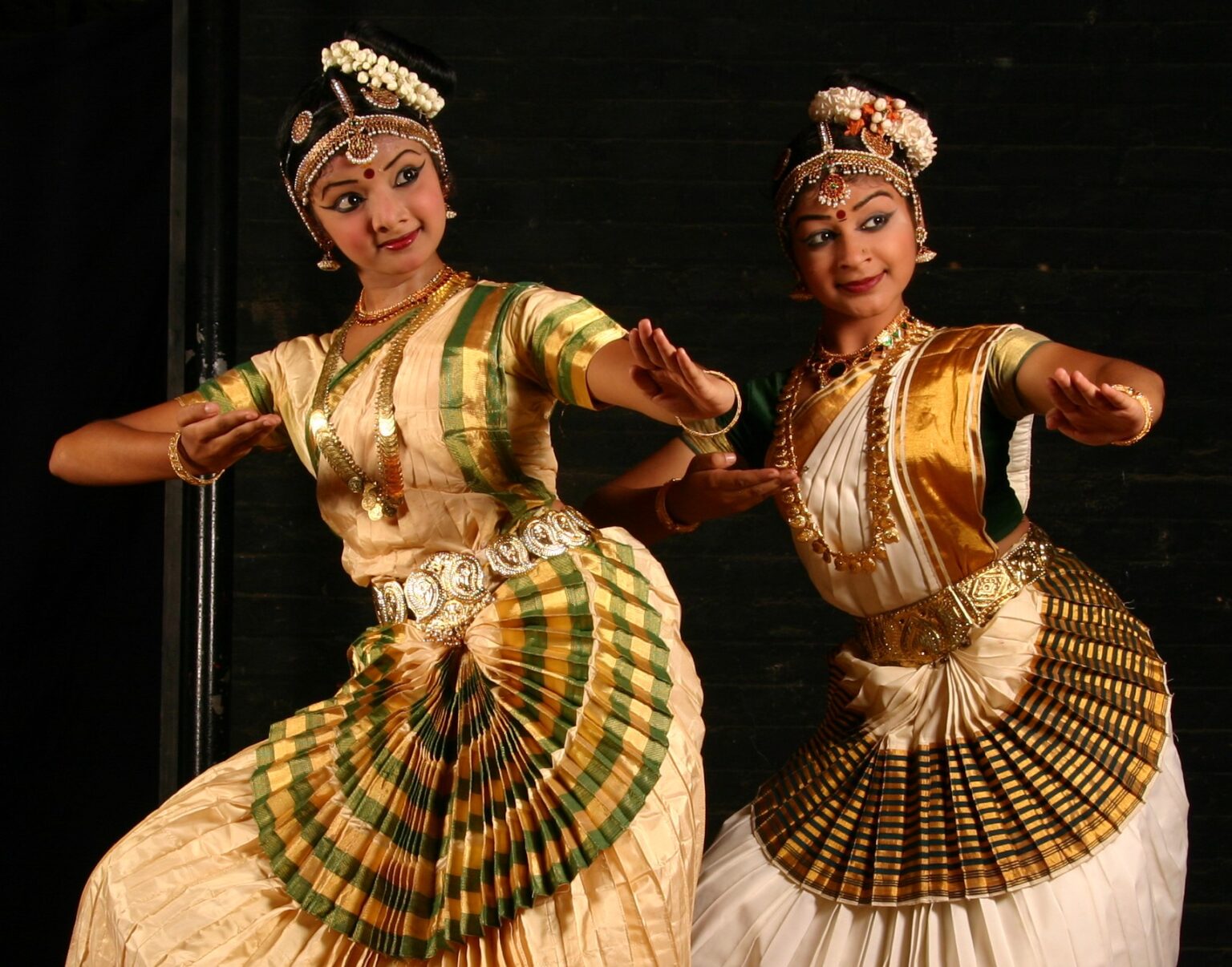As the Kukkuda Crows
The kukuda or rooster takes on various meanings in rural India. Its role in Mohiniyattam is noteworthy
It is true that every art follows a certain chronology and a method. Mohiniyattam is no different. We discussed the a few steps such as initiation into dance and the guru shishya tradition. Then, we moved to the art of sacred salutation or the namaskaram .
We started talking about mandalams or basic leg movements and the beauty of the Swan movement in Mohiniyattam and their significance. Today we will discuss one more basic movement of the leg called Kukkuda Padam.
As the kukkuda or the rooster moves
Kukkuda or kukkudam, in most Indian languages, mean a rooster. This is the name of the second foot work. The dancer places one leg forward on the sole and then brings the second leg forward placing the foot flat on the ground. Then the first foot is also placed flat on the ground.
This pattern is repeated to move forward. When the sole is placed forward, the body also sways a little to the front and when the second foot is brought forward, the body is in ‘samam’ or the steady position.
The rooster is a domesticated bird that has been associated with the human civilisation from time immemorial. The adult male chicken has a special place in the village culture across India as this bird is the alarm clock that wakes up the neighbourhood. The rooster’s call in the morning has special significance in Kerala as it wakes up the farmers in the morning as described in a famous poem of Kuttippurathu Kesavan Nair.
No surprise then, Mohiniyattam adopted a foot work inspired by this bird. Renowned artist Namboodiri once mentioned that the Ahaarya of ChuvannaThadi, the red bearded characters, in Kathakali was inspired by the wattle of the rooster (the think flexible flaps of skin under the beak of this bird) as well.
The human mind and its extent
Rooster, has, in many cultures, also been a symbol of male energy leading to procreation. Thus it symbolises creative potential of human mind. The sound of rooster starts with a broad base and ends up in a deep shrill. Similar is the creative process of artists where by a broad range of topics and themes interests him/her which narrows down into very precise creative productions in the end.
The sound of a rooster starts from a spreaded-out base sound and progressively narrows down and ends in a sharp note with a pointed ending. It represents a journey from the gross to the pin-point culmination in a sharrp and high frequency tone. Similar patterns can be seen in the rhythmic styles of the melam, an orchestra of loud percussion instruments.
Sounds and Crescendos
The melam orchestrations build upon a broad base of rhythms with larger number of beats and progressively elevates the tone and shortens the number of beats to reach a pointed ending resulting in creating an aesthetic experience of sound that has both fast and precise orchestration using multiple percussion wind instruments.
The melam creates an aesthetic experience with the combination of sound and stillness. Dance, too, creates the same experience of spiritual culmination by including movements and acting into the patterns. This comprises the combination of nritha, nrithya and natya.
This combination can be seen in Mohiniyattam dances that start with pure dance or nritha. Initially the dancer moves and dances with her body, limbs to the rhythm set by the song without referring to the meaning of the lyrics. Subsequently, she uses hand gestures of the words used in the lyrics to convey the direct meaning of the verses. Then she gets into the finer and sublime meanings with spiritual and philosophical undertones by using her acting finess or sooksha-abhinaya.
At the finest level, this evokes the sense of rasa in the audiences which is characterised by a sublime experience of the emotions that are portrayed and is spiritually rewarding.
Photo Courtesy: Natanakairali Archives
(Assisted by Sreekanth Janardhanan)
Click here to read more articles in this series
Write to us at editor@indiaartreview.com

